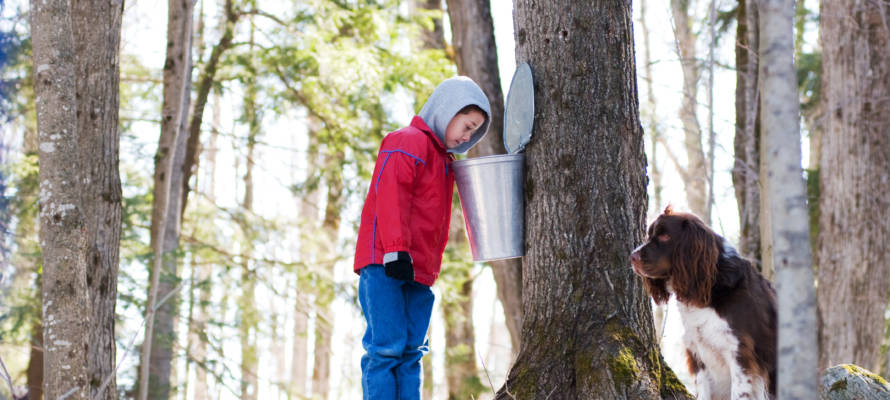While we usually celebrate the fruits of our labor, Tu B’Shvat reminds us not to lose hope, even when potential is the only thing to rejoice over.
By: Rabbi Ari Enkin, Rabbinic Director, United with Israel
The Jewish world is about to celebrate “Tu B’Shvat” – the New Year for trees. It is one of the four “new years” on the Jewish calendar.
The first day of the month of Nisan is the “New Year” for kings and festivals, the first of Elul is the “New Year” for animal tithes, the first of Tishrei is what everyone knows as “Rosh Hashana” – the main Jewish New Year, and finally, the fifteenth of Shevat is the New Year for trees.
It is quite odd that we are celebrating the New Year for trees in…. January! January is the month in which trees look dead! No blossoms, no leaves, no fruit. We should be celebrating snow and ice! Yet, on Tu B’shvat we plant trees, talk about trees, and eat lots of fruit at the many “fruit parties” that are held in Jewish communities worldwide.
Indeed, a “new year” celebration represents rejuvenation, beginnings, and life. It would make much more sense to celebrate Tu B’shvat in the spring when the blossoms begin to form, or in the summer when the fruits are luscious and ready to be picked. So why did God arrange for us to celebrate the New Year for trees when the trees are bare and dead?
The answer, it is explained, is that Tu B’shvat teaches us that we should not merely celebrate “completion” or the “final product”, but we should even celebrate potential.
Although the trees look dead, it is now, in January that their “potential” and “preparations” for blessing are strongest.
As a Canadian, I take maple syrup very seriously. When do the Canadian maple syrup companies begin harvesting their syrup? Now, in January!
Although there are no leaves, buds, or fruits, the trees are very much alive. The sap is running strong through the tree trunks and the trees are getting ready for another season of fruit production.
People love boring holes in the maple trees in the cold of January to suck up some of the natural sap. The trees are far from their “final product” and completing their mission in January, but all the preparations and potential are underway!
Tu B’shvat teaches us that even when something looks lifeless, bleak, and without hope, one should not give up or pass judgement so easily. The potential and blessing of trees at this time of year is hidden. So too, when we feel that things are at a “dead end,” that things look bleak, we too must not give up. We have to remember that blessing and potential is often hidden but eventually the blessing, the true “fruits”, will emerge.
When the Jewish people complained that the water in Marah was bitter, God told Moses to throw a certain small tree into the water which would make the water sweet. Why did God specifically use a tree as the emissary to sweeten the water? It is explained that God was trying to tell us that when things look bleak and hopeless –like a desert without fresh water –there is always potential for re-birth, like the lifecycle of the tree. The tree represents hope and potential!
So, remember this on Tu B’shvat. Celebrate those leafless trees outside your window and enjoy as many fruits as you can. When things look bleak, remember – the sap is already flowing. Hang in there, the blessing will come.
